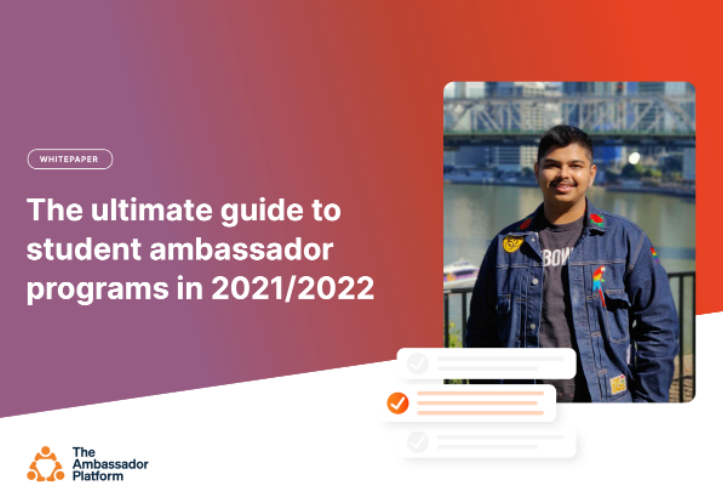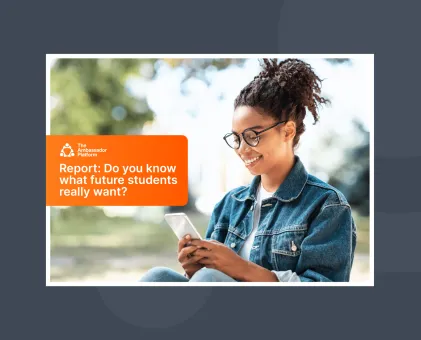The importance of student voices in marketing and admissions

'The marketing messages we share, seem to go nowhere.'
Does this sound familiar? If it does, don't worry. It can be easily fixed, you just need to shift your focus.
After all, every school or university can speak to their courses, fees and can provide a prospectus full of happy people receiving an excellent education.
But, to differentiate yourself, you need to amplify your most valuable asset - your students.
We recently had the pleasure of speaking to Min Goh, Assistant Director of the Singapore Institute of Technology (SIT). We discussed the importance of student voices and moving away from the 'hard sell' when marketing your school or university.
From mere marketing collateral to something more
'When I first started in December 2003, we were a young institution'. says Min.
'We were trying to compete against well-established institutions in Singapore and spread the word that we offered different types of degrees that focus on applied learning.'
This worked, but eventually, their growth hit a plateau.
'We did similar things to the other universities. We were attending talks, running fairs, and distributing our prospectuses. Yet, we weren't differentiating ourselves'.
It was then that they realized the true differentiator for their institution wasn't going to come from their marketing collaterals alone. It should come from their students.
'After all', says Min, 'the best endorsement you could have is from students that have experienced what you have to offer. In particular those who then go on to enter the workforce and be successful. That's better than any marketing collateral we could ever make'.
So, ever since, they gather student testimonials and share them on social media. In particular, they use platforms like YouTube, Facebook, and Instagram.
'We used to make 5 - 10 minute videos for YouTube, but as attention spans dwindle we became mindful of making snappy videos that get our message across in a couple of minutes or less.'

Download our free guide for more information on how you can build a student ambassador program.
A focus on personalization increases engagement
In addition to its social media strategy, SIT has focused on providing a personalized, engaging experience to prospective students. All of which drive conversions and applications.
They ensure that they have personalized touchpoints throughout the application process. From engaging with student ambassadors, sending personalized emails, and creating custom videos that act as offers to the applicant.
All of this provides the personal touch that sets their marketing apart from the generalized experience too many universities are guilty of providing.
'Once accepted, we also send a personalized congratulatory video to our students', says Min.
'The video offers a glimpse of what university life is like in SIT, highlighting our state-of-the-art teaching facilities, campus hang-outs as well as student clubs and activities.'
Despite doing so much, Min and her team are staying proactive in their quest to provide the best admissions process possible.
'I'm excited by new technology and platforms. We're currently looking into TikTok as a platform for our marketing and are always on the look out for the next big thing that will help us reach prospective students.'
(PS - if, like Min, you're interested in how you can use TikTok for recruitment and admissions, we wrote this article that we think you'll love.)
Embrace a 'soft sell' approach to reach more prospects
'When I buy something, I want to know who I'm buying from, and to get honest communication on what I'm getting. That's what we provide our prospects with our customized and personalized campaigns.'
By adopting a more 'soft sell' approach where they provide an accurate, authentic view into life at their institution, SIT has seen engagement rates rise across the board.
'We used to have more general campaigns where we'd send email blasts to everyone with generic messages. The fall out rate was quite high, meaning we weren't connecting.' Min concludes.
'But, once we started personalizing our messages and talking about what our prospects actually care about we saw significant increases in click-through rates, open rates, and engagement across the board.'


